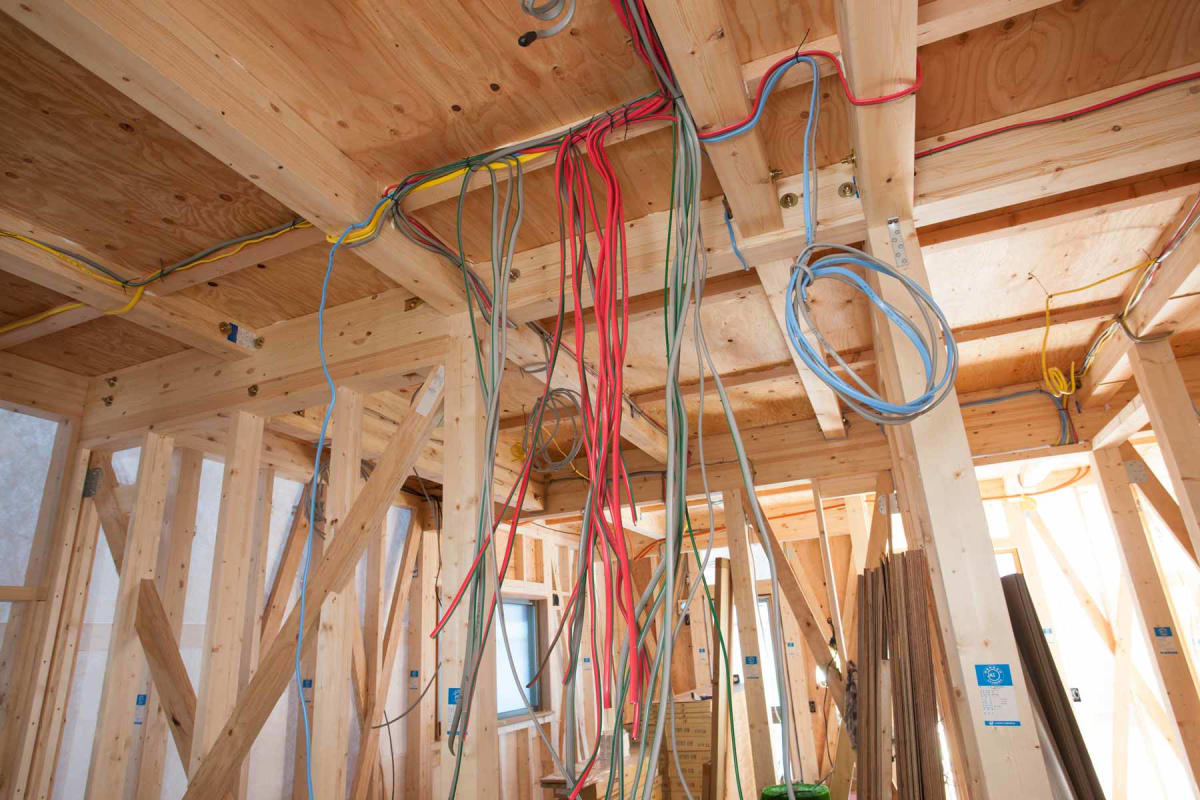Trust BRE Electrical Melbourne for High-Quality Electrical Services
Trust BRE Electrical Melbourne for High-Quality Electrical Services
Blog Article
The Ultimate Overview to Electrical Installment: Tips and Techniques for a Safe and Reliable Home Electrical Wiring System
In the realm of home maintenance, few elements are as crucial yet commonly neglected as the electric circuitry system. By discovering the subtleties of electrical safety and security measures and energy-saving techniques, this detailed overview will certainly shed light on the ins and outs of home electrical wiring, equipping individuals to take charge of their house's electric framework.
Understanding Electric Precaution
To make sure the safety and security of both people and property, understanding and executing proper electric safety measures is extremely important in any kind of home circuitry job. Electrical energy is a powerful force that can be dangerous otherwise managed with care. Among the fundamental precaution is making certain that all electric job is done by qualified specialists who comply with local building regulations and laws. It is vital to perform a complete evaluation of the electric system before starting any circuitry project to recognize prospective hazards or issues that require to be resolved.
Furthermore, using the proper devices and equipment is vital for maintaining security throughout electric installments. Insulated gloves, voltage testers, and safety eyewear are a few of the fundamental safety and security gear that must be put on to stop electric shocks or mishaps. It is additionally essential to de-energize circuits prior to functioning on them and to label all circuits and breakers clearly to prevent confusion.

Important Devices for Home Wiring
Ensuring the correct implementation of electric safety steps in home circuitry tasks entails utilizing a details set of crucial devices created to promote the setup procedure efficiently and safely. Some of the secret tools required for home wiring projects include a voltage tester for inspecting live wires, wire strippers for removing insulation from cables, a cable cutter for precisely cutting cords to size, a screwdriver set for protecting electrical components, electric tape for insulation and safeguarding connections, a cable television ripper for removing wire sheathing, and a multimeter for determining voltage, current, and resistance.
Step-by-Step Electric Setup Guide
Beginning an electrical installment task calls for careful planning and adherence to safety and security standards. Prior to starting any kind of job, guarantee you have a comprehensive plan outlining the design of the electrical system, including the placement of electrical outlets, switches, and fixtures. Take into account the power demands of each tool to identify the proper wire scale and breaker sizes.
The primary step in the installment process is to turn off the power supply to the area where you will be functioning. Use a voltage tester to confirm that the circuits are de-energized prior to touching any kind of cords. Next off, carefully eliminate existing fixtures or outlets and disconnect the cables.
When setting up brand-new circuitry, run cable televisions via walls and ceilings, protecting them in place with suitable useful source installations. Comply with neighborhood structure codes and maker instructions for proper wire installment and links. BRE Electrical Melbourne. Ensure to label cords for easy identification and future upkeep

Troubleshooting Common Wiring Issues
Having finished the installment process as detailed in the previous subtopic, fixing common wiring problems is a vital skill for ensuring the security and performance of your electric system. To resolve this, check and tighten up all wire links in the influenced fixtures and switches and read here redistribute the tons on the circuit to stabilize the electric need. Consistently inspecting and without delay dealing with these typical wiring issues will maintain the safety and efficiency of your home electrical system.
Tips for Energy-saving Electric Solutions
For optimal power performance in electric systems, implementing smart techniques and making use of energy-saving innovations is vital. One vital tip for accomplishing an energy-efficient electrical system is to upgrade to LED lighting. LED light bulbs take in considerably much less power than standard incandescent bulbs and have a longer lifespan, making them an affordable selection in the lengthy run. Furthermore, installing programmable thermostats can help manage home heating and cooling down systems, reducing power waste when no person is home. An additional method is to purchase energy-efficient home appliances that are ENERGY STAR licensed, ensuring they fulfill high standards for power efficiency. Appropriate insulation and securing of home windows, doors, and electrical outlets can likewise stop energy loss, ultimately minimizing the workload on electric systems. Think about integrating sustainable power resources like solar panels to further decrease dependence on standard power grids. By integrating these energy-efficient tips and technologies, homeowners can not just conserve money on more their power costs however likewise reduce their environmental impact.
Final Thought
In conclusion, carrying out correct precaution, using vital tools, adhering to a step-by-step installation guide, fixing usual problems, and including energy-efficient tips are essential for a risk-free and efficient home wiring system. By sticking to these techniques, property owners can make sure the longevity and capability of their electric setups. It is very important to prioritize safety and effectiveness when it involves electric work in order to protect against possible risks and to maintain a dependable electrical system in the home.
Report this page